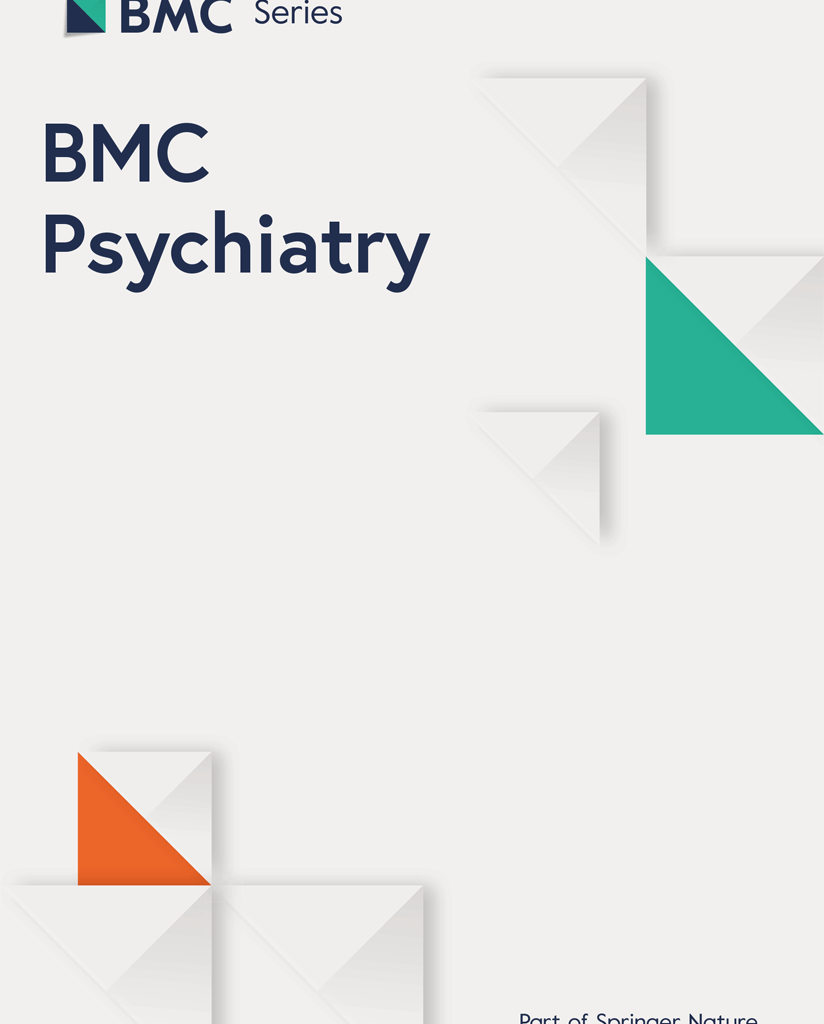Background
Refractory suicidal command hallucinations in major depressive episode with psychotic features constitute an acute clinical emergency, often unresponsive to multiple antipsychotics and electroconvulsive therapy (ECT), leaving clinicians with limited life-saving options. Stereotactic lesioning, as a last-resort intervention, may have some utility in such case; however, its long-term efficacy and the extent to which it depends on postoperative pharmacotherapy are not yet fully understood.
Case presentation
A 20-year-old female with major depressive episode with psychotic features experienced 10–12 daily suicidal command hallucinations (with 4 suicide attempts within 1 week), refractory to 3 antipsychotics (Aripiprazole, Olanzapine, Risperidone) and 12 sessions of ECT (Montgomery-Asberg Depression Rating Scale [MADRS]: 30, Hoffman auditory hallucination score [Hoffman]: 25). Stereotactic bilateral lesioning of the anterior limb of the internal capsule and cingulate gyrus (SALIC-CG) resulted in a marked alleviation of symptoms within 1 week (MADRS: 7, Hoffman: 0). Notably, symptoms recurred 1 month postoperatively following antipsychotic discontinuation (MADRS: 22, Hoffman: 20) but resolved rapidly upon reintroducing Risperidone, with sustained remission at 6 months (MADRS: 6, Hoffman: 0) under continuous pharmacotherapy.
Conclusions
This case offers preliminary evidence that stereotactic lesioning may act as a key intervention for alleviating symptoms in patients with psychotic major depressive episode—specifically those with intractable suicidal command hallucinations that do not respond to all conventional treatments. Critically, it underscores that postoperative long-term antipsychotic maintenance is not merely adjunctive but essential to preserve surgical benefits, establishing a “surgery + long-term pharmacotherapy” paradigm with direct implications for managing high-risk refractory cases.
Clinical trial number
It is not a clinical trial, clinical trial number: not applicable.

